Configure Now
Items in Your Cart0
0Items in Your Cart
Start building your packageShop Now
Advancements in underwater technology and its accessibility now enable more communities to study the underwater world with greater detail, using tools and methods that are both systematic and non-invasive, such as underwater Remotely Operated Vehicles (ROVs).
A team at Laval University Quebec, for example, is utilizing a Deep Trekker underwater ROV for a variety of underwater research applications. This ROV has been pivotal in improving the team's ability to conduct projects in marine science and environmental DNA (eDNA) sampling on ship hulls. As the Arctic region faces increasing environmental pressures, these advancements in ROV technology provide valuable tools for monitoring and understanding the impact of climate change on this fragile ecosystem.
As science and technology continue to evolve, our capacity to observe marine ecosystems is rapidly improving, bringing our knowledge closer to what we once only imagined. This progress is broadening our understanding of the underwater environment and its inhabitants, offering more profound insights into areas that remain largely uncharted.
Explore how Marine Science benefits from ROV technology to improve environmental monitoring and enhance research efforts for more efficient and precise results.
This case study examines how a team from Laval University uses a Deep Trekker PIVOT ROV for research projects to overcome logistical and environmental challenges, allowing for more comprehensive data collection, and how they hope to expand into future areas like photogrammetry, exploring the creation of 3D models for applications such as ship hull modeling and sea wall monitoring.
Laval University’s Arctic research in Pond Inlet in Nunavut relies on tools that can withstand harsh conditions while offering precision and adaptability. Among their projects are ship hull inspections for biofouling analysis, critical for understanding the presence of non-indigenous species across marine ecosystems.
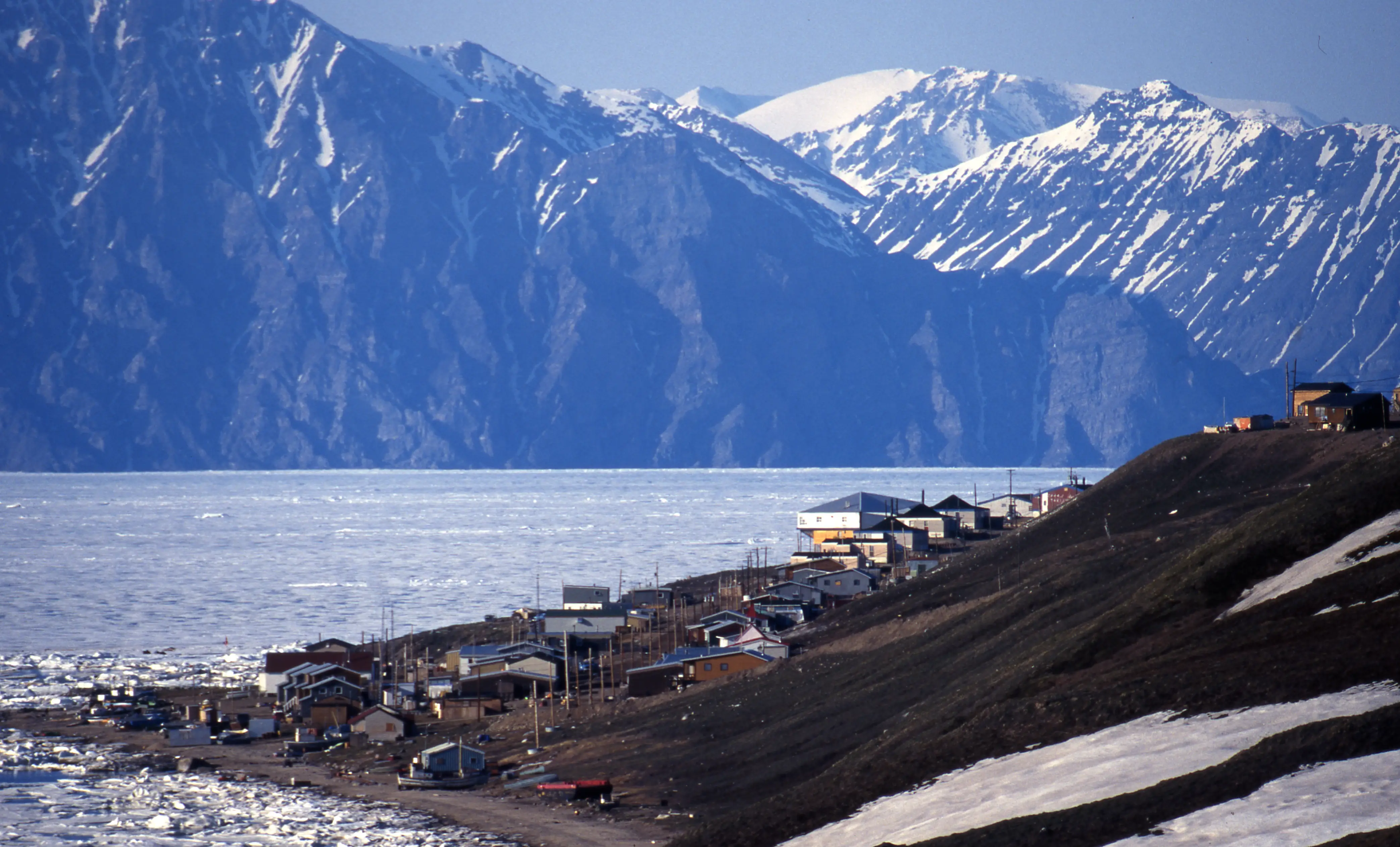
Biofouling, the accumulation of marine organisms on the submerged surfaces of vessels, poses a significant environmental and operational challenge. If left unchecked, biofouling can increase a ship’s drag, fuel consumption, and the risk of non-indigenous species being transported to different ecosystems.
Mathieu Roy, a Laval University M.Sc. student, highlighted the importance of ROVs in this context: “I’m looking for algae and invertebrates stuck on the hulls that could be transported by ships. Essentially, the main goal is to identify non-indigenous species that could come from different areas into the Arctic, to assess both the presence of these species and the extent of their spread, depending on where the ships are coming from.”
Frequent and detailed hull inspections are necessary for identifying biofouling organisms that attach to ships traveling through the Arctic, potentially introducing invasive species to new areas. Deep Trekker’s ROVs have proven indispensable for this purpose.
Roy further emphasized, “Using the ROV, we’re able to capture clear footage of algae, barnacles, and other invertebrates that could potentially be transported by ships traveling through sensitive ecosystems. This allows us to document and analyze the biofouling.”
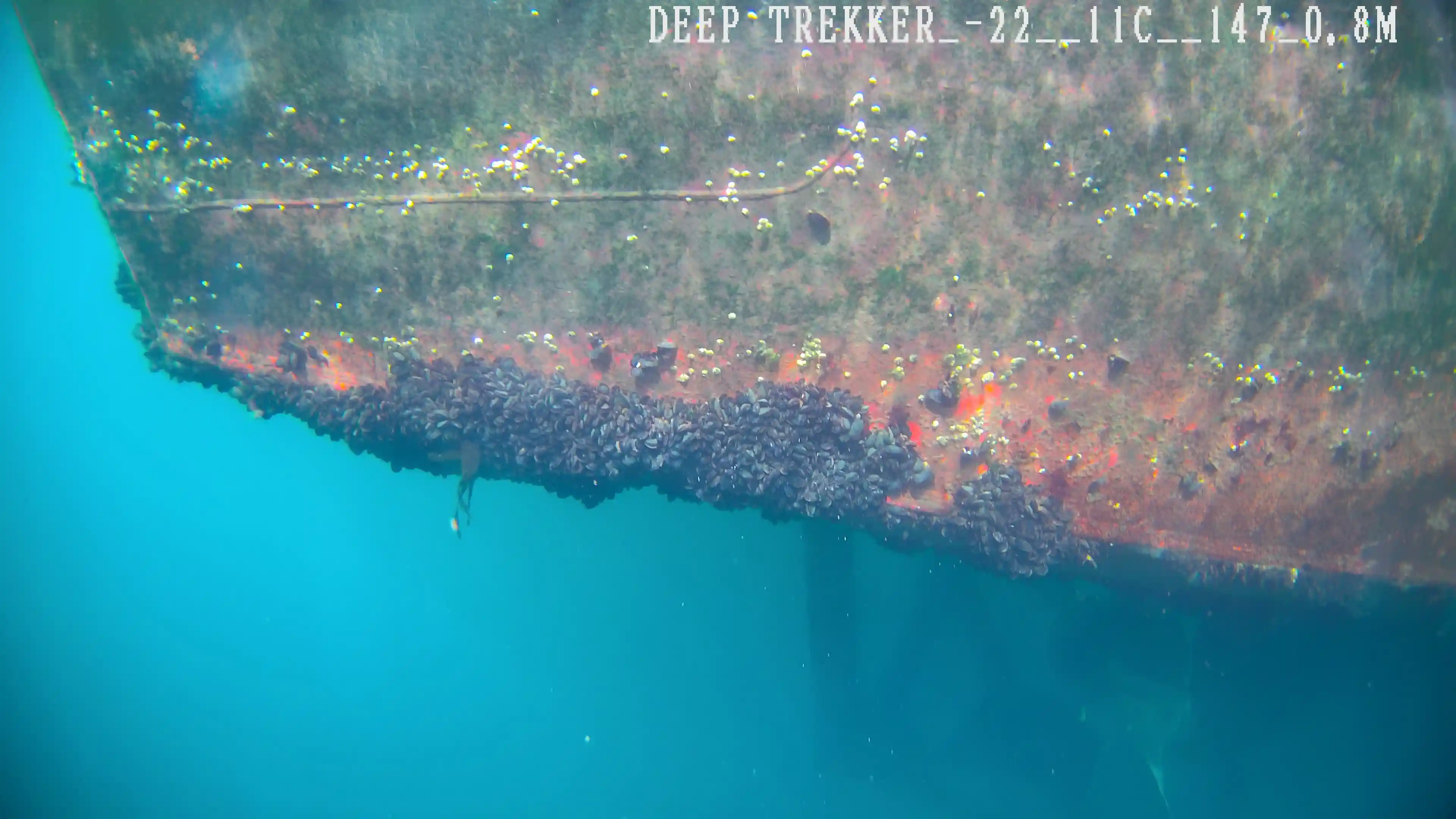
Traditional methods would require divers to enter the water, a high-risk task in icy waters. Deep Trekker ROVs, with depth ratings of 300 meters and robust industrial-grade design, eliminate the need for divers in these dangerous conditions. Roy emphasized, “The ROV gives us access to areas divers couldn’t safely reach. This not only ensures better safety but also allows us to inspect ships during operations without any interruption.”
Roy discussed his work conducting vessel hull inspections with an underwater ROV: “We were able to inspect the entire hull quickly. The ROV gives us a detailed view of the organisms growing on the surface without requiring divers.” Traditional hull inspections would have involved costly dry-docking or diver operations, both of which are time-consuming and hazardous, especially in Arctic conditions.
When discussing how they conducted inspections and monitoring before they had the ROV, Roy explains, “It was definitely more of a process. Especially with ships, when you're using divers, the ships have to be docked, and everything has to be turned off - even the engine room has to be locked down, and no one can enter, just to make sure everything’s safe. It’s much more complicated.”
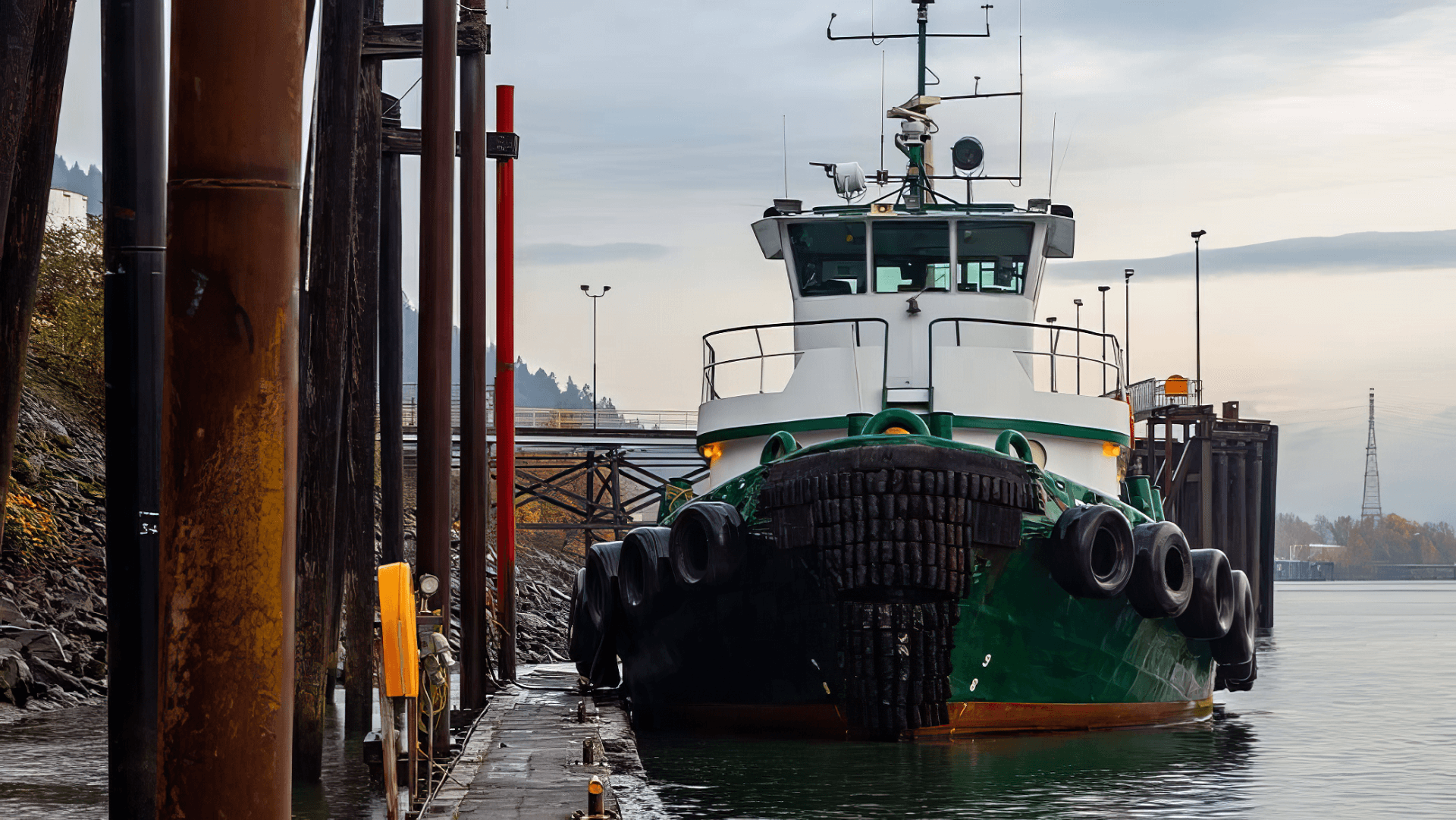
He continues, “But with the ROV, the ships are still working. They're operational, and I can just go in. It’s much simpler. With the ROV, you don’t have to shut everything down for inspections. The ROV allows us to gather all the data we need while the vessel remains operational, which is a huge advantage. You just go in, quickly deploy in a couple of minutes, and do a scan of the hull.”
Roy adds, “We just make sure to stay clear of the propellers and have constant communication with the team on board. It usually goes pretty smoothly. It takes a few hours to shut everything down and get the divers ready. All the prep work takes time."
"With the ROV, I just need a short time for preparation beforehand, and in about an hour, I can have a complete video of the hull."
"With divers, it would’ve taken all day, and it comes with limitations and considerable safety risks. You can’t just go and do seven dives a day. "
This continuous and non-invasive monitoring capability has allowed the team of Laval University to play a proactive role in the study of non-indigenous species. While the ROVs’ high-resolution 4K camera and advanced LED lighting provide detailed imaging, suspended sediments can limit visibility by reflecting light. Roy explained, “The ROV’s ability to maneuver around the hull with a high-quality camera and powerful lighting helps us gather data efficiently, but we still need good visibility - too much sediment in the water can make it harder to see details.”
Deploy a Deep Trekker ROV for rapid, safe, and cost-effective hull inspections in any condition.
One of the Laval team's innovative applications of Deep Trekker ROVs involves collecting environmental DNA (eDNA) for species monitoring. By deploying the ROV equipped with a water sampler, the team can capture samples at various depths, allowing for more accurate assessments of species presence and water quality.
According to Roy, “To ensure we don’t miss any rare DNA traces, we need to collect at least one litre of water.” Sampling at depth without disturbing the surrounding environment has always been a challenge in underwater research. Deep Trekker ROVs streamline this process by enabling precise collection points, which improves the accuracy of DNA detection, particularly for rare or elusive species.
This eDNA sampling capability has been instrumental for monitoring non-indigenous species in the Arctic, as well as assessing ecosystem biodiversity. The ability to operate the underwater ROV remotely allows the team to conduct extensive sampling without having to pause or alter ongoing maritime operations. “Time is precious when we’re in the field,” said Roy, “and the ROV allows us to gather samples efficiently across multiple sites without downtime.”
One of the key advantages of the Deep Trekker ROV for Laval University’s marine research team has been its ability to access depths that human divers cannot reach easily. In the Saguanay fjord in Quebec, the team required data from depths of up to 100 meters.

“Monitoring the seawall is hard when it goes deeper than the 30-40 meters that divers can reach. So, it’s really great to be able to use the ROV for that. We can go up to 100 meters deep with the ROV,” noted M.Sc student, Audrey-Anne Amyot, “and that capability has been essential for reaching parts of the fjord that have never been surveyed before.”
This added depth coverage opens up new areas for sampling and monitoring, particularly in regions with strong currents or dangerous underwater terrain.
Amyot adds, “With divers, I could probably only survey around five stations, but now with the ROV, I can cover around 40 for the same period of time. The ROV not only expands our physical reach but allows us to explore these areas in a shorter period of time. With divers, you always have limitations - both time and safety - but with the ROV, in the context of the Fjord, we’re able to do so much more, and it’s much safer for the team.”
Another significant potential use of submersible robots for the team is the ability to conduct photogrammetry projects, a method of capturing high-resolution images to create 3D models of underwater structures. Photogrammetry provides several key advantages, including the ability to conduct repeatable, high-precision surveys over time, enabling researchers to track degradation or other changes in underwater structures and environments. The ability to develop visual models creates a more complete picture of asset health, especially for long-term monitoring projects.
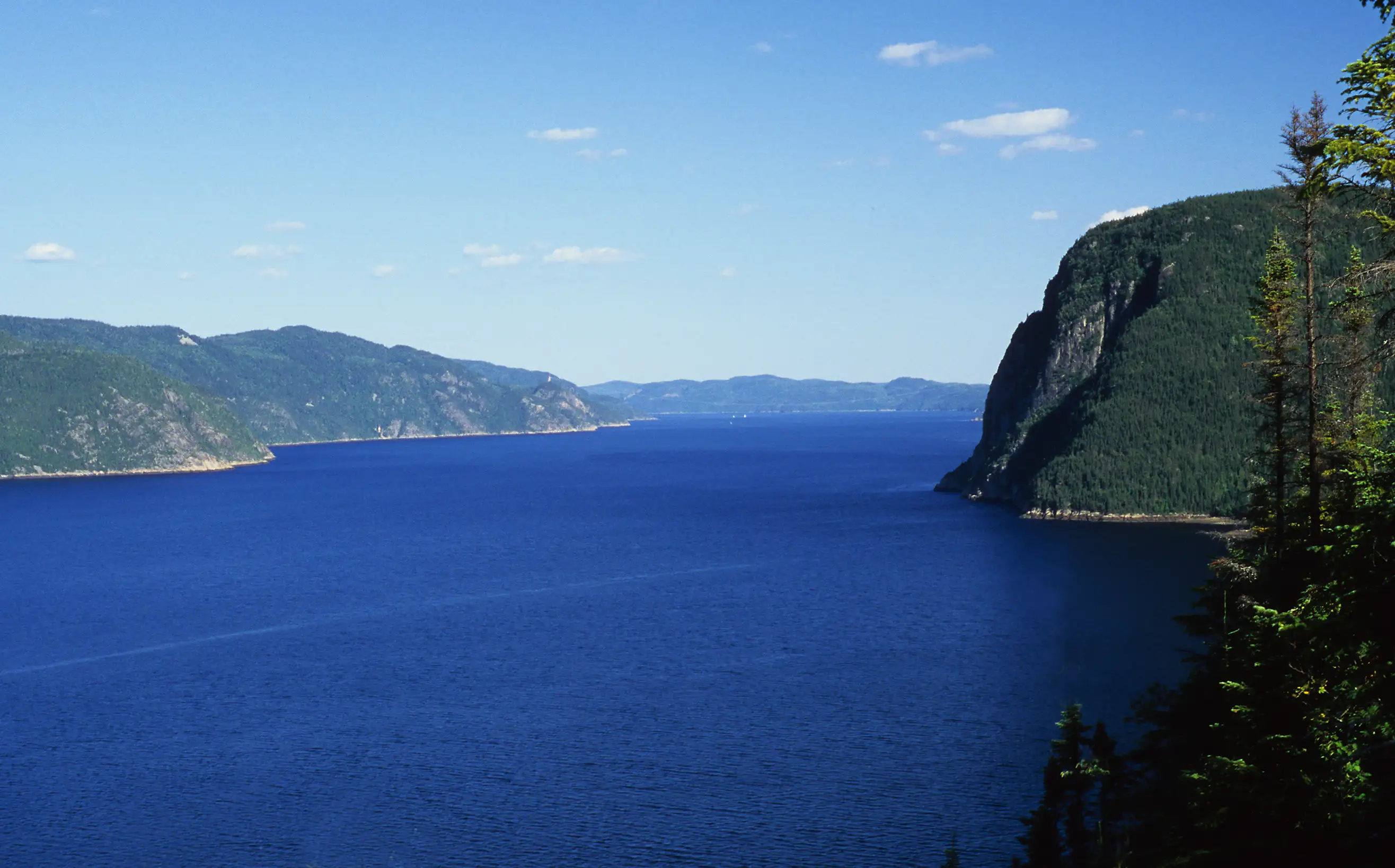
“We’ve never done 3D mapping of the seawall before in this fjord,” Amyot remarked. “We've had divers for a long time, but an actual 3D mapping of the seawall has never been done in this area. It's hard to monitor a seawall beyond the 30-40 meter depth limit for divers. That's why it's so valuable to be able to use the ROV.”
With the option of incorporating photogrammetry into its research, the team sees this as an important application for its Deep Trekker ROVs. Photogrammetry involves capturing high-resolution images that can be used to create detailed 3D models of underwater structures, such as seawalls or vessel hulls. The Deep Trekker ROVs, equipped with ultra high-definition 4K cameras, auto-snapshot, and station holding will enable the team to perform this technique in their future research.
Discover how to find the best footage for your photogrammetry projects to create 3D models of underwater assets and environments.
Amyot shared the team's interest in expanding into photogrammetry: “We’ve discussed using photogrammetry to create 3D models of submerged structures, which could help us better understand changes over time.”
Such models would provide invaluable insights for long-term structural assessments, especially in areas like hull inspections or ecological studies. Although the team has not yet initiated projects with photogrammetry, they recognize the potential for the ROVs precise maneuvering and imaging capabilities in this application. “The ROVs camera system and lighting make it well-suited for photogrammetry. We’re excited about the possibilities it opens up for detailed, repeatable surveys,” said Amyot, “But there are still challenges depending on the conditions. “Marine snow”, which becomes more prominent under lighting, can interfere with capturing high-quality imagery for photogrammetry.”
As the university looks ahead, integrating photogrammetry into their research will enable more accurate and detailed studies of underwater environments, further enhancing their data collection capabilities.
Additionally, in the Saguenay Fjord, new projects are coming up every year, explains Amyot: “Especially with what we’re doing right now, it’s the first time we’ve mapped the Saguenay this way, along the walls. I think the ROV will be used a lot in future projects.”
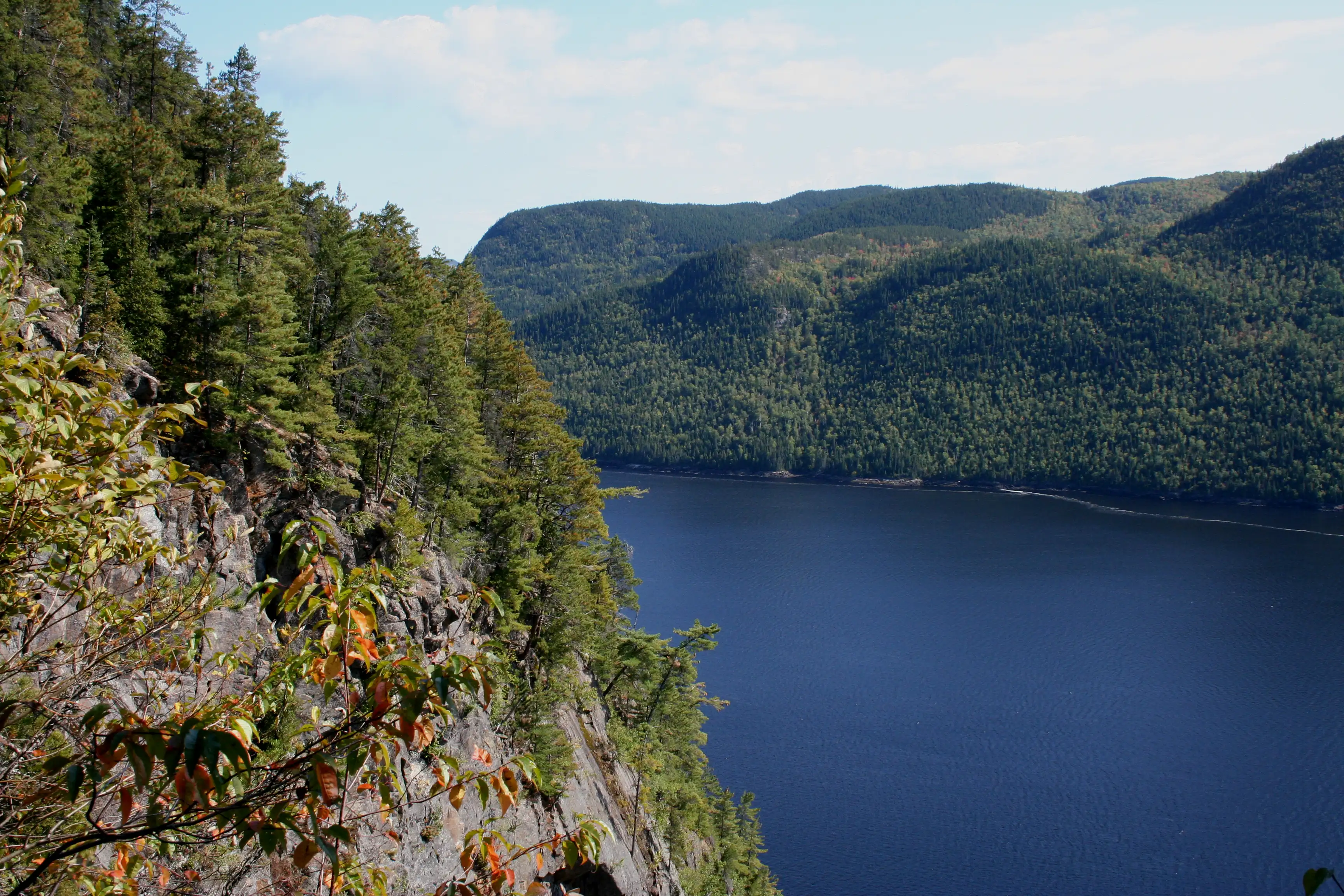
One of the primary reasons Laval University's team chose Deep Trekker ROVs is their ease of use. The intuitive controls and quick setup allow the team to focus on their research rather than the technical complexity of the equipment.
As Amyot explained, “We were able to practice with the ROV in the university’s swimming pool, and the controls were simple enough that we didn’t need extensive training. That’s important when you’re out in the field and can’t afford delays.”
This operational simplicity has proven especially valuable during time-sensitive expeditions. In remote environments like the Arctic or Saguenay fjord, logistical challenges can slow down research, but the ROVs portability and minimal maintenance requirements ensure smooth operations. They don’t need specialized teams to operate it. It’s easy to deploy and durable, which is perfect for the environments they work in.

The Laval team’s use of Deep Trekker ROV has transformed its approach to marine science and structural monitoring. The ROVs’ versatility - ranging from eDNA sampling and hull inspections to deep-water exploration - has enabled the team of the university to extend its research reach, improve the range of data, and ensure safety in hazardous environments.
Roy summarized the impact of the ROVs: “Deep Trekker’s ROVs have become an integral part of our research toolkit. They allow us to accomplish things we simply couldn’t do before, all while saving time and money, and reducing risks.”
Through innovative applications like these, the team of Laval University continues to push the boundaries of what’s possible in underwater research, demonstrating the potential of Deep Trekker’s ROVs to revolutionize the field.

Deep Trekker ROVs are highly effective for conducting underwater inspections and assessments in marine environments. Their compact, portable design makes them particularly well-suited for navigating tight spaces, ensuring operational versatility.
Featuring battery-operated portability and hybrid power options, Deep Trekker ROVs offer the endurance required for extensive inspections. With tether options that can extend up to 1 kilometer, these ROVs provide flexibility in reaching various depths.
The intuitive BRIDGE controller enhances their capabilities and enables seamless integration with advanced modular add-ons, expanding the range of applications that benefit from ROV inspections. Beyond environmental monitoring, Deep Trekker ROVs serve diverse industries and inspection needs with their adaptable technology.
The PIVOT underwater ROV combines stability, speed, and precise control through its six robust thrusters. Engineered for maximum portability, it operates on lithium batteries, ensuring mobility for underwater missions across diverse environments.
With a depth rating of up to 305 meters (1000 feet), powerful LED floodlights, and an advanced 4K UHD camera featuring a wide 220° field of view, the PIVOT delivers exceptional visual coverage, ensuring clear visibility even in challenging underwater conditions.
Built to withstand harsh underwater environments, the PIVOT is constructed from anodized machined aluminum, carbon fiber, and stainless steel components. Integrated with BRIDGE technology, it seamlessly interfaces with a variety of add-ons and sensors, such as samplers, manipulators, sonar, USBL, and DVL systems, enhancing its capabilities for a wide range of applications.
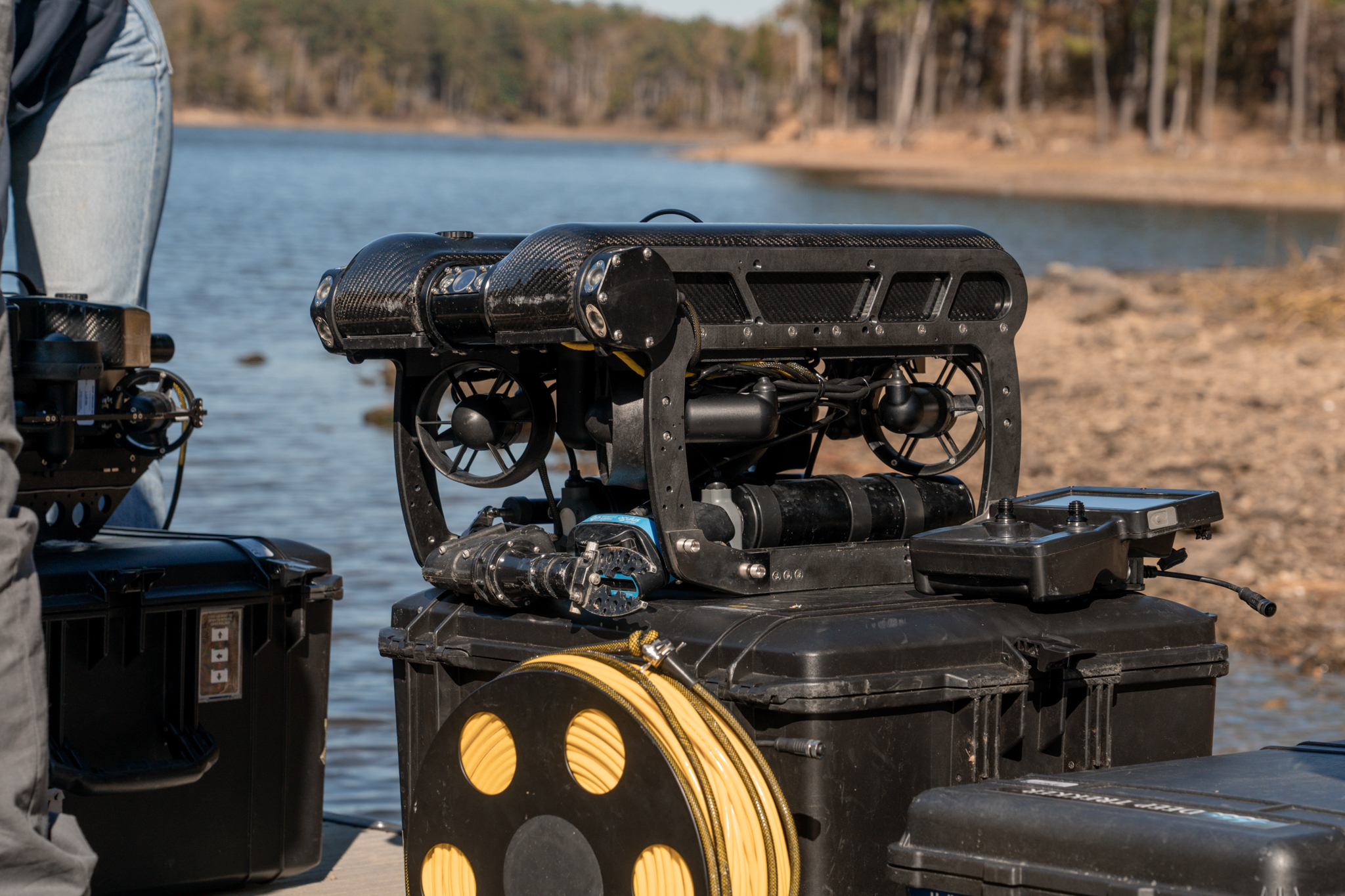
The PIVOT NAV package further enhances its functionality. Leveraging innovative BRIDGE software, which merges sensor data from USBL, DVL, and IMUs, the PIVOT NAV provides users with precise real-time location data and superior stability, setting a new standard for underwater navigation and surveys.
Additional add-ons offer further capabilities, such as:
Our team consists of highly skilled professionals with extensive industry experience, dedicated to assisting you in integrating submersible robots into your operations seamlessly. Whether your project involves environmental monitoring, marine research, infrastructure inspections, water tank maintenance, salvage operations, underwater surveys, search and recovery missions, aquaculture ventures, or other specialized applications, we are equipped to cater to your unique requirements and objectives effectively using our state-of-the-art ROV solutions.
When you're ready to secure your very own Deep Trekker vehicle, feel free to contact us, and we'll be happy to provide you with a customized quote tailored precisely to your requirements. Incorporating Deep Trekker ROVs into your underwater operations ensures unmatched safety, efficiency, and success.
July 30th, 2021
Learn all about remotely operated vehicle pilots: how to become one,...
November 5th, 2024
Learn more about what sonar is and its many uses. Read...
December 23rd, 2021
ROVs and sonar can be used to inspect underwater structures such...